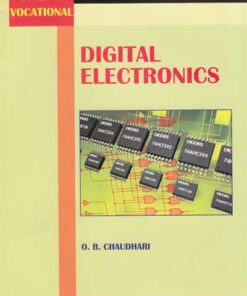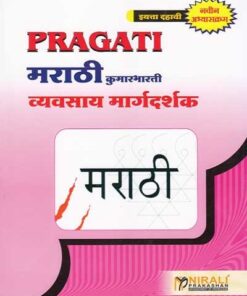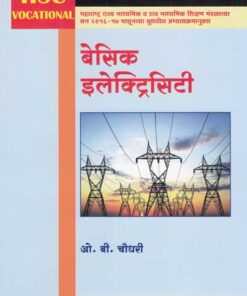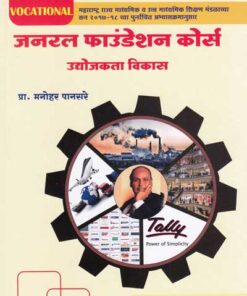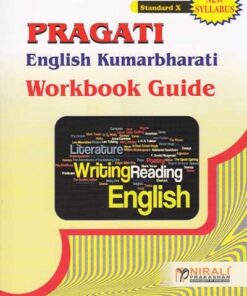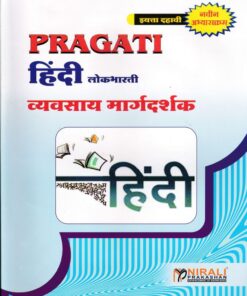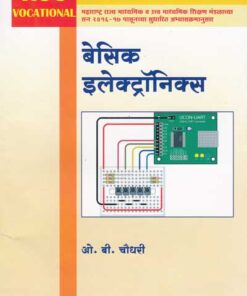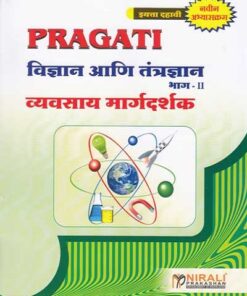| 1. To find the volume of sphere and a hollow cylinder by using vernier callipers
2. To measure the diameter of a wire and the thickness of a metal plate by using micrometer screw gauge
3. To determine the radius of curvature of a given spherical surface by spherometer
4. To find the weight of a given body using parallelogram law of vectors (forces)
5. To study the relationship between force of limiting friction and normal reaction and to find the coefficient of friction (μs) between two surfaces (block and a horizontal surface)
6. To determine resistance per cm of a given wire by plotting a graph of potential difference versus current
7. To find the value of v for different values of u in case of a concave mirror and to find the focal length of a concave mirror
8. To find the focal length of a convex lens by plotting graphs between u and v or between 1u and 1v
9. ‘f’ of convex mirror using converging lens (convex)
10. To find the focal length of concave lens using a convex lens
11. To study variation of angle of deviation with angle of incidence and to determine refractive index of material of prism.
12. To determine refractive index of glass by real and apparent depth method
13. Refractive index of liquid by a (i) concave mirror, (ii) convex lens and plane mirror
14. To determine the specific heat capacity of a given (i) liquid, (ii) solid by method of mixture. (Here liquid is water.) |




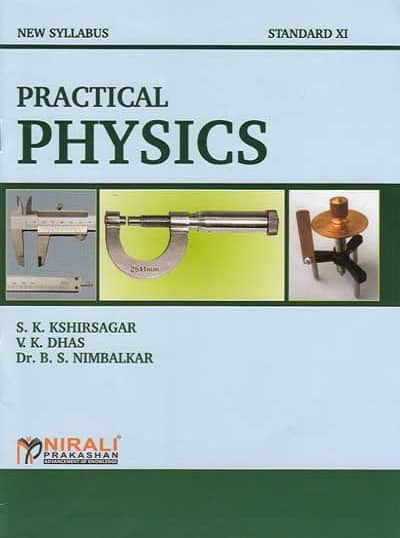
 Zoom
Zoom

